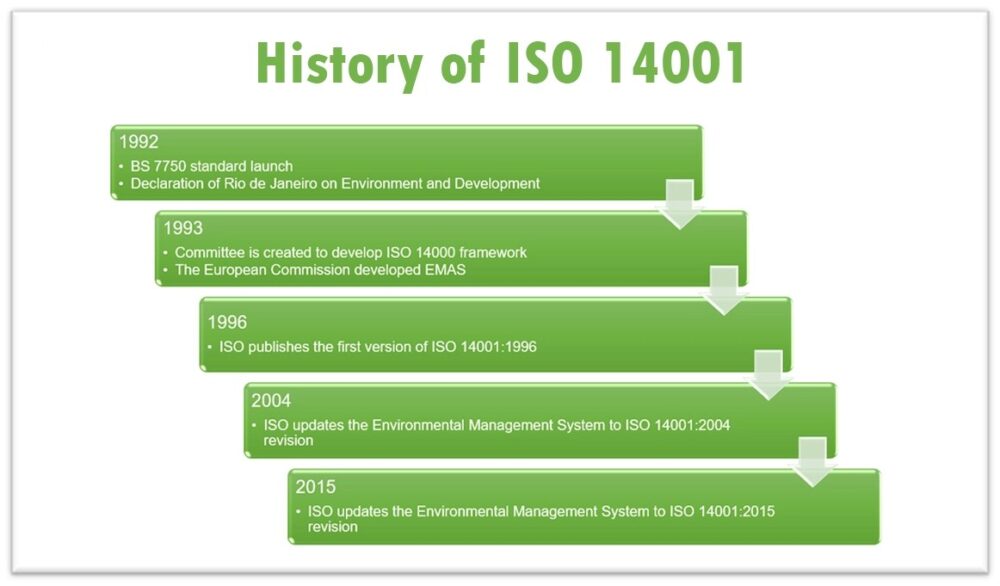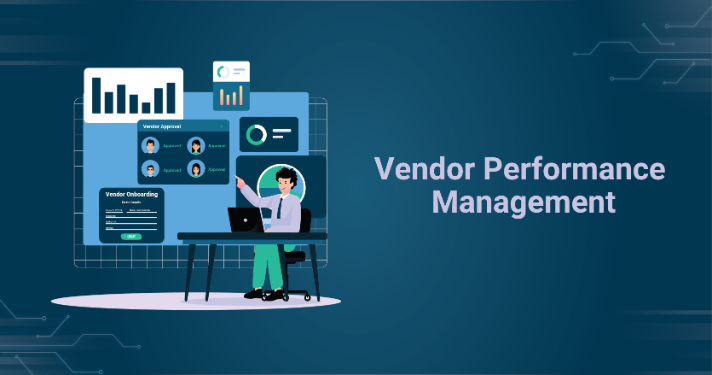In today’s era of environmental consciousness, understanding and adhering to global standards is crucial for any organization. At the heart of these standards is ISO 14001. Let’s delve into its essence, history, and impact.
Introduction to ISO 14001
Environmental management standards are frameworks that guide businesses towards more sustainable practices. Among these, ISO 14001 stands out as a beacon for companies aiming to minimize their environmental footprint. These standards not only set benchmarks but also act as a roadmap for companies to achieve their green objectives.
A Brief History of ISO 14001

Launched in 1996, ISO 14001 was birthed by the International Organization for Standardization (ISO). This global body recognized the need for an internationally accepted framework that companies could follow to demonstrate their commitment to environmental management. Over the years, this standard has been revised to align with emerging environmental challenges and business realities, with its latest iteration published in 2015.
Why ISO 14001 Matters
ISO 14001 isn’t just about compliance; it’s a commitment to continuous improvement and a subject on which you can always learn more. Organizations implementing this standard benefit in numerous ways:
- Reputation: In a world where consumers value eco-friendliness, ISO 14001 acts as a badge of honor.
- Efficiency: By identifying inefficiencies, companies can realize significant cost savings.
- Compliance: This standard helps businesses stay abreast of environmental regulations, avoiding potential legal pitfalls.
Key Principles of ISO 14001
This standard revolves around several principles:
- Leadership Engagement: Top management must be actively involved, driving environmental policies and objectives.
- Continuous Improvement: The aim isn’t just to meet benchmarks but to continually better them.
- Environmental Performance: Monitoring and measuring environmental impact is paramount.
- Life-Cycle Perspective: Companies should consider the full life cycle of their products or services, from inception to disposal.
Certification Process

Achieving certification involves:
- Gap Analysis: Understand the distance between current practices and these standard requirements.
- Planning: Develop an action plan.
- Implementation: Execute the action plan, ensuring all employees are trained.
- Internal Audit: Conduct internal checks to ensure compliance.
- Certification: Once compliant, a third-party audit confirms alignment with ISO 14001, followed by certification.
Components of an Environmental Management System (EMS)
An EMS based on this standard includes:
- Policy: A clear environmental policy set by the organization.
- Planning: Identifying environmental aspects, legal requirements, and setting clear objectives.
- Implementation: Resources, roles, responsibilities, and training.
- Checking: Monitoring, corrective actions, and record-keeping.
- Review: Regular top-management reviews to ensure continual improvement.
ISO 14001 vs. Other Environmental Standards
While ISO 14001 is globally recognized, other regional standards may cater to specific industries or local regulations. Unlike others, this standard offers a universally accepted framework, broad applicability, and is recognized across borders.
Challenges and Considerations

Implementing ISO 14001 isn’t without hurdles. Companies may face resistance to change, the need for resource investment, and potential short-term costs. However, the long-term benefits often outweigh these initial challenges.
The Future of Environmental Management
As we look to a future where sustainability isn’t just a buzzword but a necessity, ISO 14001 will undoubtedly play a pivotal role. As businesses and consumers align on the need for environmental responsibility, this standard will continue guiding the way.





